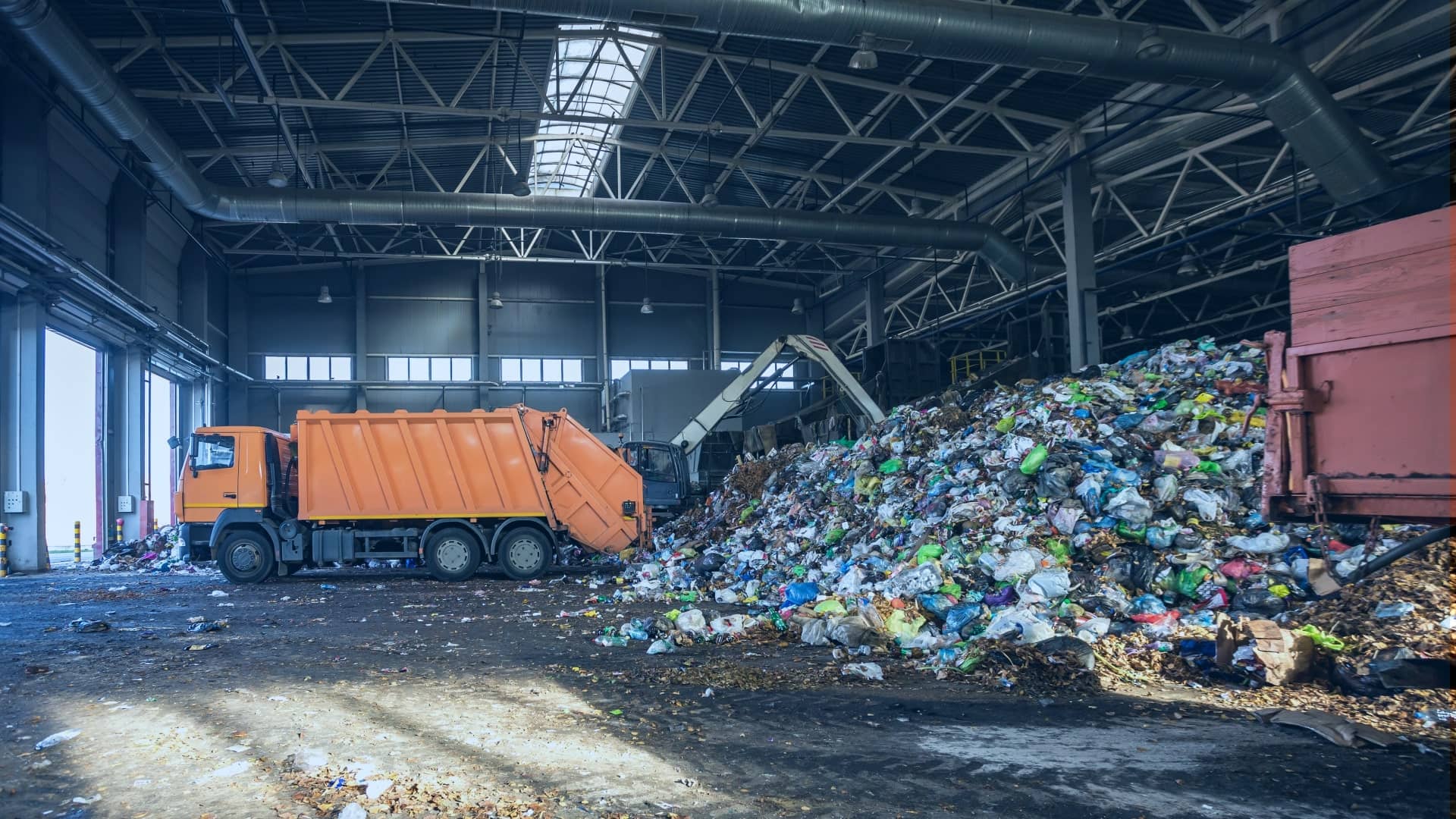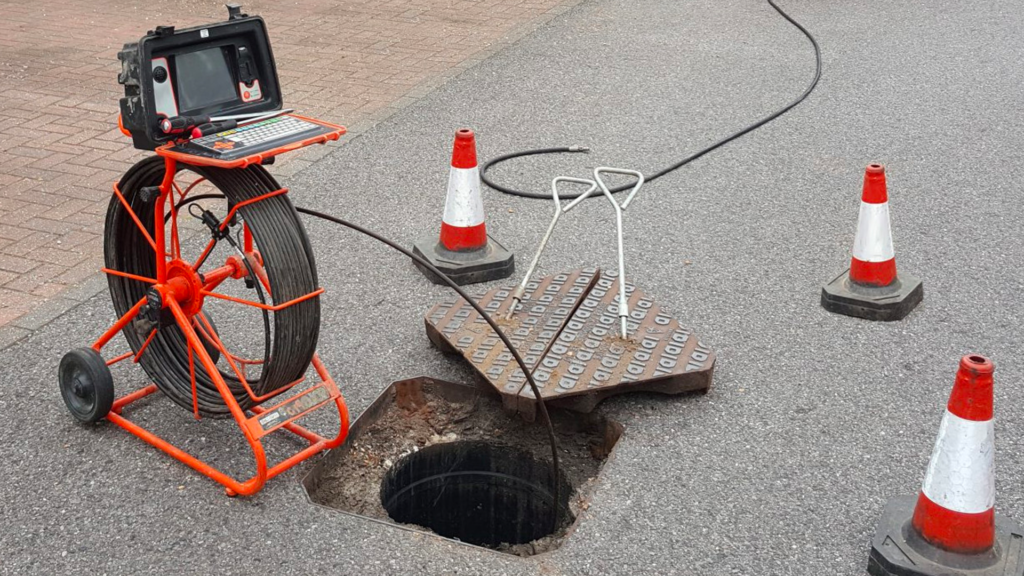Facts About Reclaim Waste Revealed
Table of ContentsAbout Reclaim WasteNot known Incorrect Statements About Reclaim Waste The Basic Principles Of Reclaim Waste Not known Incorrect Statements About Reclaim Waste Reclaim Waste - Questions
Domestic sewer waste refers to the waste and products from a household septic tank. The correct management and disposal of residential sewer waste require fluid waste to be moved to a sewer treatment plant where the correct techniques and equipment are used to detoxify and dispose of waste.
Industrial waste frequently includes possible dangers, such as combustible products or a combination of liquid and solid waste items, and requires a much more innovative and detailed disposal process. The disposal of commercial waste normally entails the filtration of waste prior to transport to make certain secure and appropriate disposal. Industrial waste is produced from results and drainage of industrial procedures and production.
This kind of waste can not utilize the very same sewer management transport or procedures as septic or commercial liquids. The industrial waste monitoring procedure calls for the inspection and screening of liquid waste prior to it undergoes the disposal process (industrial wastewater treatment). Drainage waste is the liquid waste that comes from runoff and excess stormwater in extremely booming areas or cities
Runoff waste can trigger contamination and flooding otherwise dealt with appropriately. Discover much more about sewage system cleansing and waste monitoring. Making certain correct waste monitoring can protect against calamities and lower environmental injury. Both people in residential settings and experts in commercial or manufacturing sectors can take advantage of recognizing the processes and laws of fluid waste administration.
The 10-Second Trick For Reclaim Waste
Call PROS Services today to find out about our waste monitoring and disposal services and the proper ways to care for the liquid waste you generate.
(http://go.bubbl.us/e67627/7593?/Reclaim-Waste)This supposed 'wastewater' is not only a crucial resource but, after therapy, will be released to our land, rivers or the ocean. Used water from toilets, showers, baths, cooking area sinks, laundries and industrial processes is known as wastewater.

water utilized to cool equipment or clean plant and equipment). Stormwater, a form of wastewater, is overflow that moves from farming and urban locations such as roofings, parks, gardens, roadways, paths and rain gutters into stormwater drains pipes, after rainfall. Stormwater moves untreated directly to local creeks or rivers, at some point reaching the sea.
Reclaim Waste Fundamentals Explained
In Queensland, the majority of wastewater is treated at sewage treatment plants. Wastewater is moved from residential or commercial websites via a system of drains and pump terminals, known as sewerage reticulation, to a sewage treatment plant.
The Department of Natural Resources advises regional federal governments concerning managing, operating and keeping sewerage systems and therapy plants. In unsewered areas, city governments might require owners to set up specific or home sewage therapy systems to deal with residential wastewater from commodes, kitchens, bathrooms and laundries. The Department of Natural Resources authorizes the use of household systems when they are confirmed to be effective.
In some new subdivisions, treatment of some stormwater to get rid of trash, sand and crushed rock has actually begun using gross pollutant traps. Wastewater therapy happens in 4 phases: Gets rid of strong issue.
Utilizes little living organisms understands as micro-organisms to break down and remove remaining liquified wastes and great particles. Micro-organisms and wastes are included in the sludge.
Reclaim Waste for Dummies
Nutrient removal is not readily available whatsoever sewer therapy plants since it needs pricey specialist equipment. It is becoming more usual in Queensland. Clear fluid effluent produced after therapy might still include disease-causing micro-organisms. If this effluent is launched right into useful reference waterways such as rivers or the sea, the micro-organisms will at some point pass away out.

This generally means wastewater has to be treated or pollutants gotten rid of prior to it can be released to rivers. Most wastewater moves into the sewage system. Under the Act, city governments administer authorizations and licences for ecologically relevant activities (Periods) including wastewater launches that may have a local effect. The department provides approvals and permits to Ages including wastewater launches that may have a regional or statewide effect.
How Reclaim Waste can Save You Time, Stress, and Money.
Surveillance gives accurate information concerning water quality and can confirm that licence problems are being met. The details gotten via surveillance offers the basis for making water top quality choices.